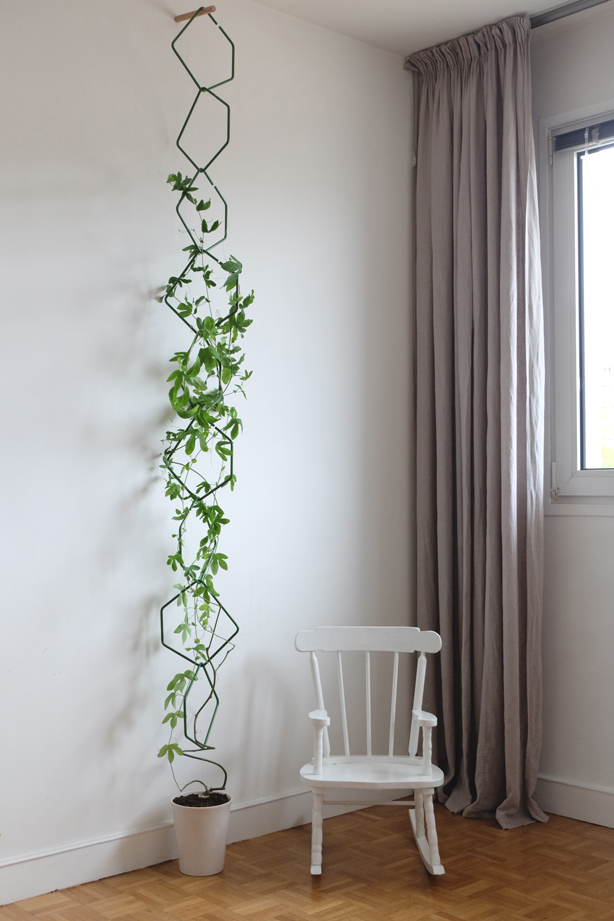


Sheep’s foot: By featuring a straight edge and a rounded tip, sheep’s foot paring knives are perfect for julienning and chopping veggies or fruits. It’s specifically designed for creating garnishes or peeling rounded fruits. Some paring knives also feature scalloped and serrated edges with multiple tips but in general, they’re divided into three styles – bird’s beak, sheep’s foot, and spear point, named after the point’s shape.īird’s beak: This style usually features a tourney knife or curbed paring knife with the blade curving downward to mimic a bird’s beak shape. Paring knives is short in size, usually 3 to 4 inches, and a very pointy tip that looks like a plainer, smaller version of chef’s knives.įeaturing a simple yet sharp blade makes it ideal for intricate jobs, like creating garnishes for food and drinks, trimming excess fat, deveining shrimp, and peeling fruits or veggies. It’s also called a sandwich knife or tomato knife. Utility knives commonly feature a blade within 4 to 7 inches long – shorter and sharper than bread knives in comparison - and can be serrated or straight. it usually features a scalloped edge to cut more flexibly. Most of the time, the serrated utility knife is treated as a mini chef’s knife to handle small slicing jobs, such as sandwich fixings, cutting bagels, fruits, and veggies from hard to soft without tearing them. The length of this knife is quite varied, usually within 6 to 7 inches. In turn, if you want to mince herbs, Santoku knives will be a lesser choice. So it would handle better those cooking tasks preferred a lighter, smaller blade with tender hands, such as skinny slices of veggies.

In general, this is no different than a Japanese version of the Western-styled chef’s knife but way thinner and shorter. Two distinctive characteristics of Santoku knives are a hollow edge to let it cut through sticky materials or dense meat with less tearing and more efficiency and precision the other highlight is its flat blade to avoid rocking on the cutting board. People use this as an all-rounder knife due to its versatility and that’s also the reason why I include it here. “Santoku” is a Japanese word, meaning “three virtues” which are mincing, dicing, and slicing. Ah, take note that it can be stamped or forged. While most chef’s knives re unserrated, several brands have begun to produce serrated designs. However, with small hands, it’d better choose a shorter model for easier controlling. The larger the knife, the easier and faster the slicing. It is also called a cook’s knife and you can find it in any commercial kitchen.Ī chef’s knife basically features a broad, triangle blade between 6 and 14 inches long and 1.5 inches wide that tapers upward to a point. In fact, the chef’s knives are highly recommended by many chefs. This is the most crucial item in any kitchen knife set as it can be used for nearly every cooking task, from slicing steaks, dicing tomatoes, chopping squashes to cutting tofu.Ĭompared to an ordinary table knife, it’s superior in terms of quick chopping with precision to save much more time. In terms of the big four groups, it includes a Santoku knife, serrated utility knife, paring knife, and chef’s knife.


 0 kommentar(er)
0 kommentar(er)
